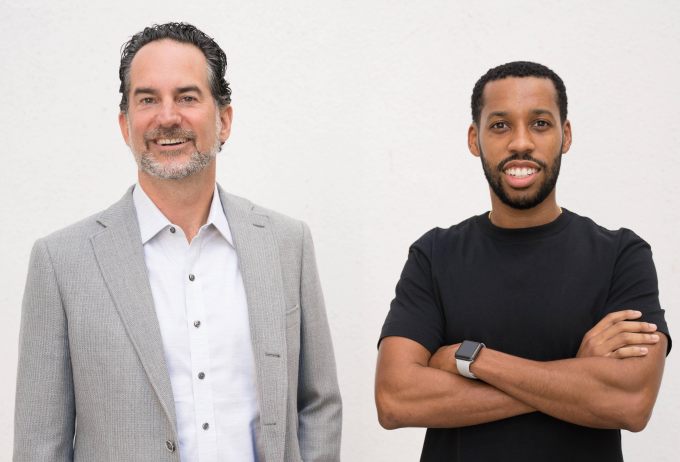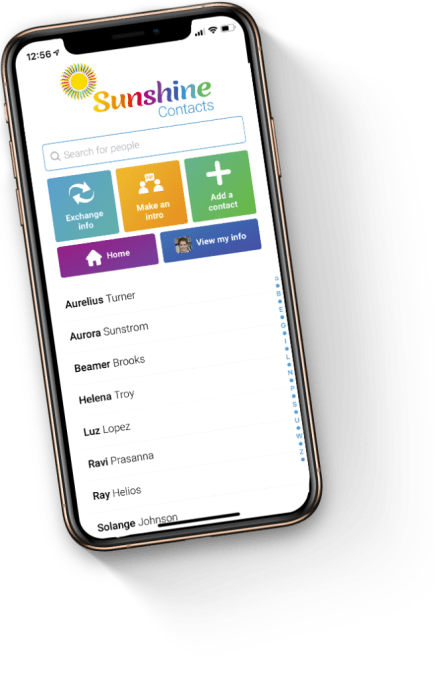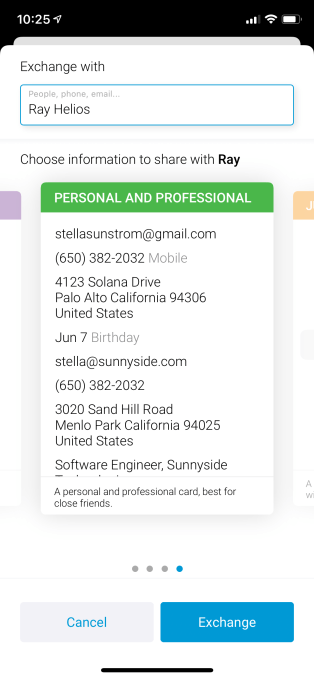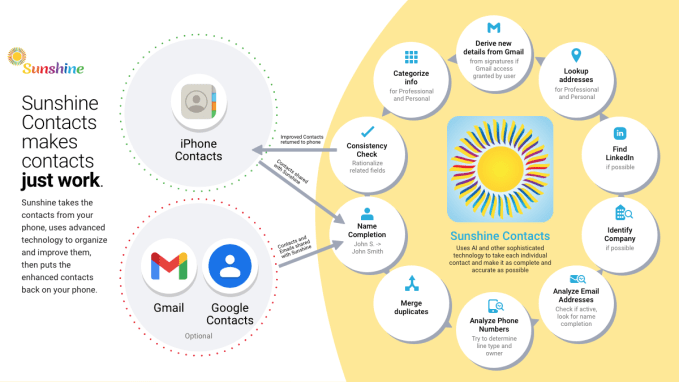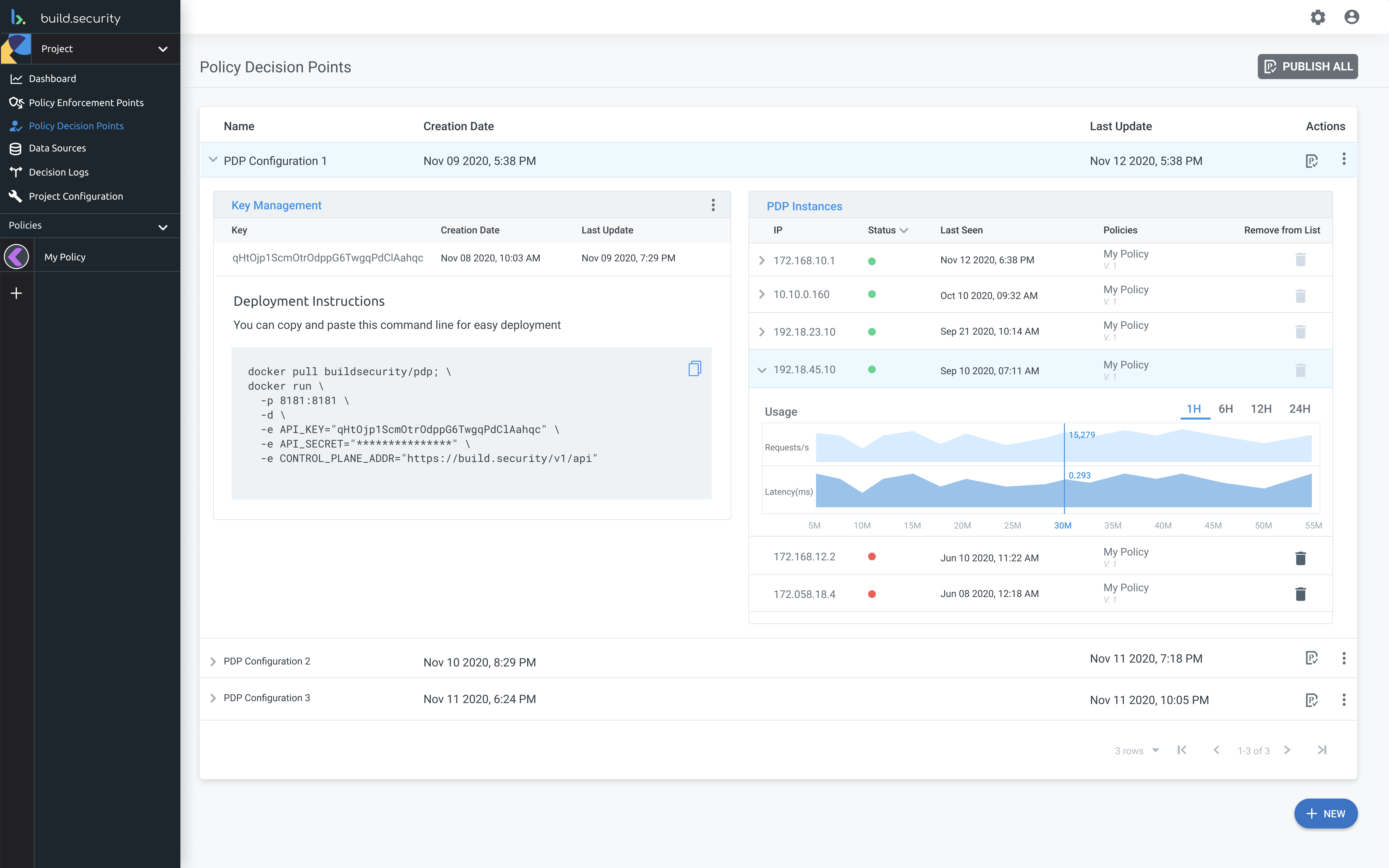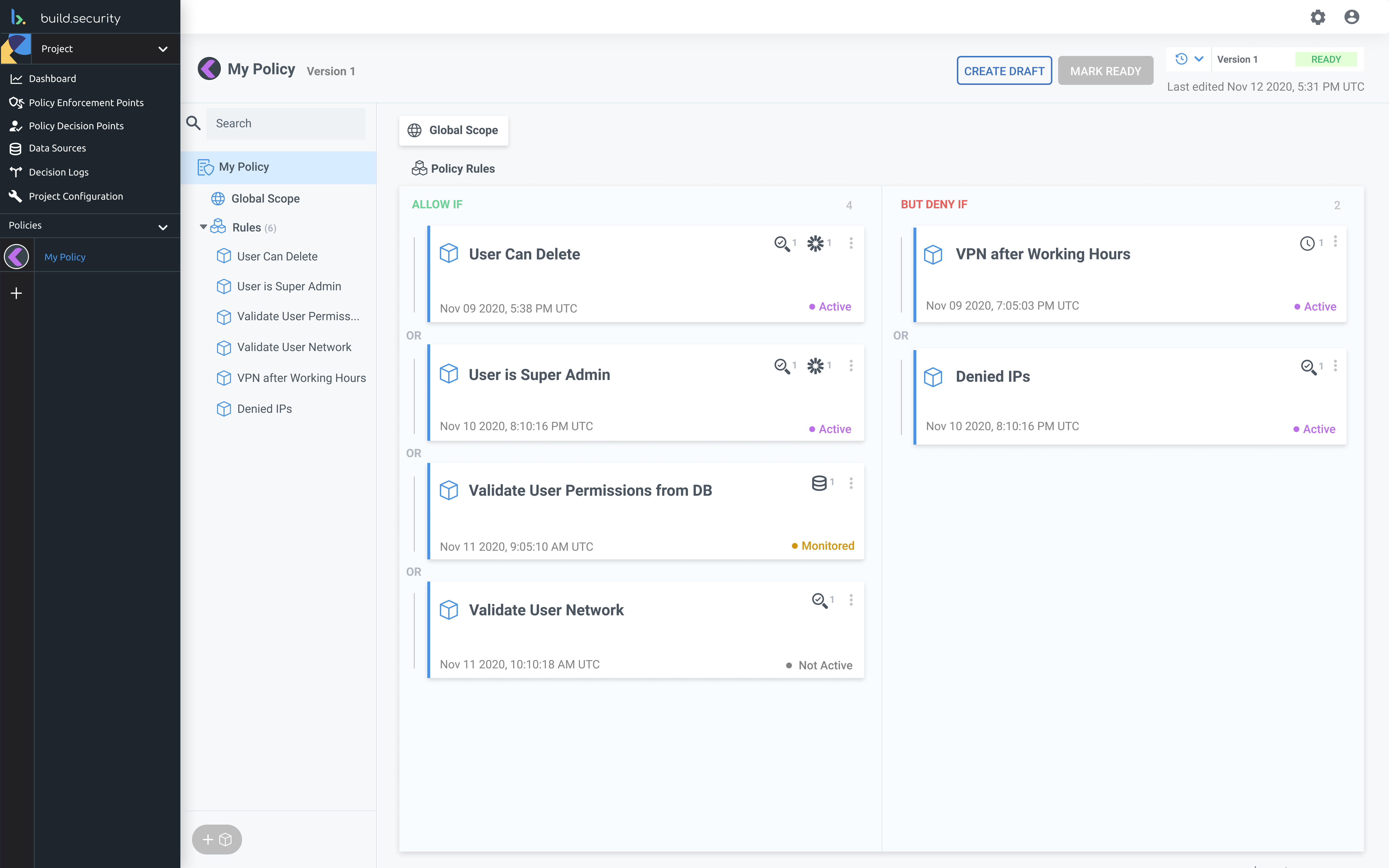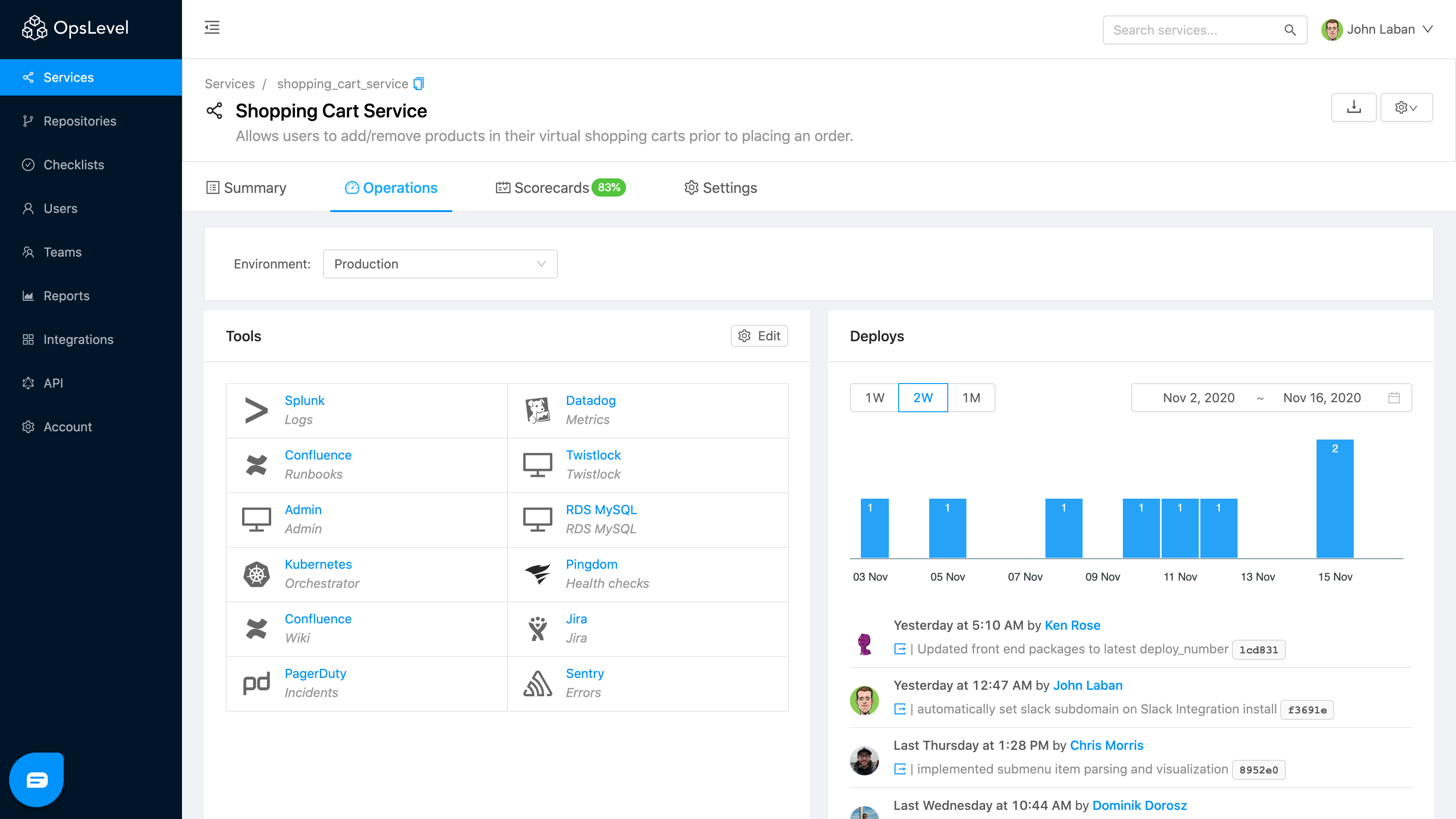Last week, we reported that popular language learning app Duolingo, with 500 million total app downloads, was raising $35 million on a valuation of at least $2.21 billion — the latest chapter in what has become a long book on how e-learning and other education startups are raking in big audiences and significant funding, a byproduct of the Covid-19 pandemic driving more people indoors and on to screens for all of their interactions.
(Fittingly, Duolingo’s details were part of a bigger scoop on how another edtech startup, Udemy, was looking to raise $100 million.)
Now Duolingo’s numbers are official. The company has confirmed that it has raised $35 million in funding from two investors, Durable Capital (the firm founded last year by Henry Ellenbogen, previously a star at T. Rowe Price) and General Atlantic. The funding is bringing the valuation of Duolingo up to $2.4 billion.
For some context, this is a sizable jump on the $1.65 billion valuation that Duolingo clocked up earlier this year, when General Atlantic quietly put $10 million into the company.
Part of the reason for the boost is the general market.
Edtech has seen a surge of usage and attention, from educational institutions looking for more effective ways to teach when in-person classes are not possible; from businesses looking for ways to train and engage employees who are now working remotely; from consumers looking to do something more productive beyond watching Netflix and arguing about Trump with distant contacts on Facebook; from educators looking for more inspiration for how to teach concepts that are harder to grasp when students are far flung.
Duolingo itself has been a beneficiary of that. The freemium app — which is free to use with in-app options to pay for extra gamified features, and advertising — says its base of learners has grown by 30% in the last year, with bookings on track to increase 100%.
In what is a boost for investor confidence, these were trends the app was already seeing before the pandemic — the 100% revenue growth has been the rate for the last three years. Duolingo has ranked since 2019 as the highest-grossing education app, according to Sensor Tower.
The company is based in Pittsburgh, and most of its users are in the U.S., but it is also picking up an increasing number of people abroad as well (including my husband, here in London, learning Italian). Asia now makes up 15% of the company’s user base, and as another mark of its position with international users, it has seen a 15-fold growth in people taking its Duolingo English Test as part of the higher-education admissions process.
What will be interesting to see is how Duolingo navigates its next steps. The company was co-founded, and currently led, by reCAPTCHA founder Luis von Ahn and the earliest iteration of its business model was based on the idea that language learners and app users would translate text submitted by paying companies. These days, it makes money from advertising and in-app premium features.
It also has extended into learning for other age groups beyond adults, with a launch earlier this year of an app for children learning to read and write.
That’s speaks to more revenue diversification, which could come in handy when and if the company ever goes public.
“I’m proud of the impact we have achieved while also significantly growing our business,” said CEO von Ahn in a statement.
“Duolingo is the kind of business that matches what we look for in our investments: they are mission-driven, have a great culture, and great people that can compound significantly over time,” said Henry Ellenbogen, founder and chief investment officer of Durable Capital Partners LP, in a statement. “Luis is also an incredible entrepreneur, and we’re very excited to partner with Duolingo for their next phase of growth.”
“We are thrilled to deepen our partnership with Luis and Duolingo after initially investing in the business in April 2020,” said Tanzeen Syed, MD at General Atlantic. “Duolingo has successfully built foundational learning technology, an effective and engaging product, and a passionate community of users. We believe the company has additional opportunity to strengthen its market-leading position and expand its product, team, and customer base, while capitalizing on the global acceleration in digital learning.”
Among the other funding deals for edtech startups,
Just looking at some of the most recent deals, Udacity announced a $75 million debt round and said it was finally profitable earlier this month. In October, Kahoot announced a $215 million round from SoftBank. And in September, Outschool raised $45 million (and is now profitable); Homer raised $50 million (from an impressive group of strategic backers); Unacademy raised $150 million and the juggernaut that is Byju’s picked up $500 million from Silver Lake.
There have also been a number of smaller fundraises, new edtech startup launches and other signs of momentum as the bigger market comes to terms with online education being here to say.

